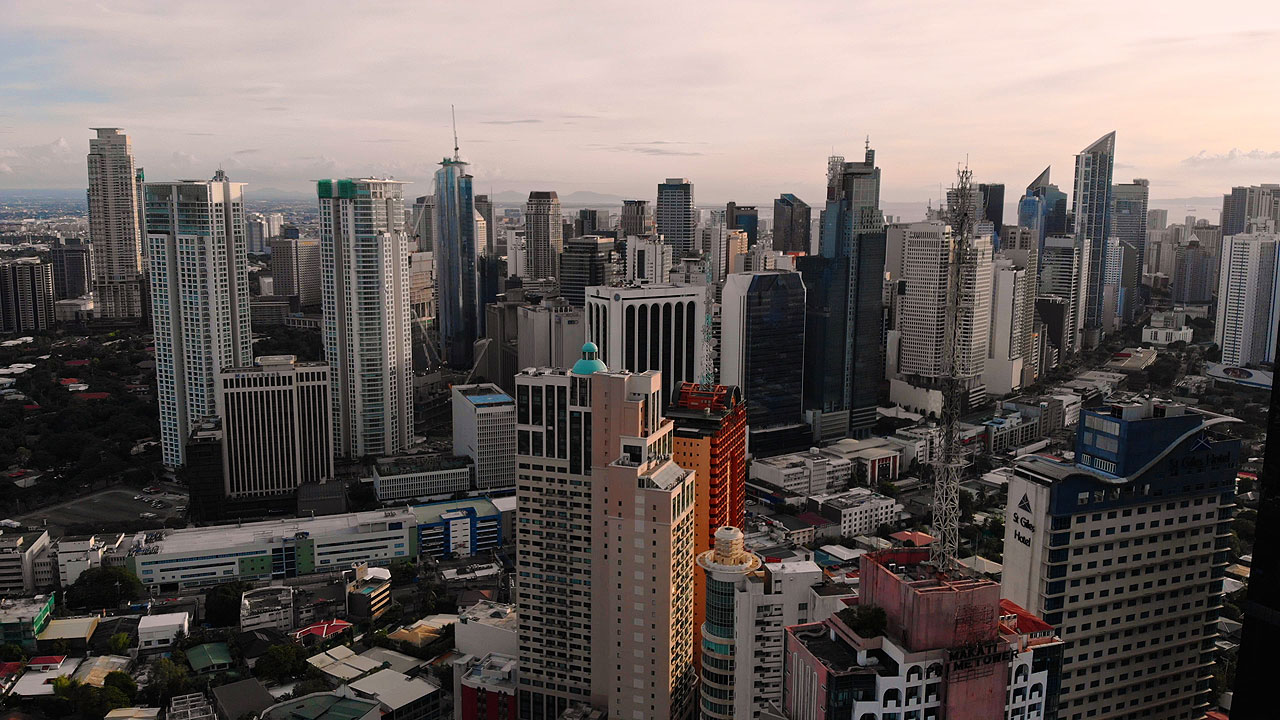
ECONOMIC GROWTH in the Philippines could accelerate next year amid improving external demand, S&P Global Ratings said.
In its Asia-Pacific Sector Roundup, the credit rater said growth in the Philippines, Taiwan, Vietnam, New Zealand, Singapore, South Korea, India, Thailand, and Malaysia, could “speed up” next year.
In September, S&P Global raised its Philippine growth forecast for 2024 to 6.1% from an earlier projection of 5.9%. However, it lowered its estimate for 2025 to 6.2% from 6.6% previously.
S&P Global also slashed its 2023 forecast to 5.2% from the 5.9% issued in June.
“Following a slowdown in 2023, we expect a modest pick-up in growth in 2024. Growth momentum remains especially robust in relatively domestic demand-led emerging market economies,” it said.
For the region, growth is expected to rise to 4.4% in 2024 from a likely 3.9% expansion in 2023.
“Growth should rise to 4.4% in 2024 due to a gradual improvement in external demand and some monetary policy easing,” S&P Global said.
However, global interest rates will likely remain high next year, with US inflation gradually declining towards the Federal Reserve’s 2% target.
“As a result, we expect its policy interest rate to remain elevated for most of 2024, implying that the strain on Asia-Pacific markets and currencies will likely persist into 2024,” S&P said.
Last week, the Bangko Sentral ng Pilipinas (BSP) hiked borrowing costs by 25 basis points (bps) in an off-cycle move, bringing the key rate to a fresh 16-year high of 6.5%. The BSP has raised policy rates by 450 bps since May 2022.
This was also the Monetary Board’s first rate hike in seven months. The BSP’s next policy-setting meeting is scheduled for Nov. 16.
“While policy rates in most economies have been on hold in this setting, we don’t expect policy interest rates to come down significantly soon,” S&P Global said.
“In addition to the lingering challenges on the inflation front… we don’t see US interest rates falling soon. The high US rates pose capital outflow risks for the region,” it added.
The Fed kept the target Fed funds rate unchanged at 5.25-5.5% at its meeting last week. The US central bank raised rates by 525 bps between March 2022 and June 2023.
BSP Governor Eli M. Remolona, Jr. has said that the Monetary Board is not considering any form of policy easing soon, and that it is too early to talk about rate cuts.
Analysts said the BSP may start cutting rates next year, alongside the Fed.
Meanwhile, S&P Global said renewed inflation pressures this year have mostly been contained.
“The impact of recent increases in international prices of oil and food on overall inflation has so far remained modest, especially in terms of core inflation momentum. This has limited the need for a new round of monetary tightening,” it said.
“In the Philippines, core inflation has remained moderate so far. But hefty food price increases, in part driven by rice price hikes, spurred the central bank to raise rates again there in October,” it added.
Headline inflation dropped to 4.9% in October, from 6.1% in September. It was the weakest reading since the 4.7% seen in July. However, October marked the 19th straight month that inflation breached the central bank’s 2-4% target band.
Year to date, inflation averaged 6.4%, remaining above the 5.8% full-year BSP forecast.
Core inflation, which excludes volatile food and fuel prices, further slowed to 5.3% in October from 5.9% in September. For the 10-month period, core inflation stood at 7%.
S&P Global also said that with dampened prospects in China, businesses and investors are now looking at other emerging markets to set up operations and invest.
“While it’s still early days, the development implies that the center of gravity of credit activity in Asia-Pacific may be shifting from China to South and Southeast Asia,” it said.
“The current shift is already showing up in near-term economic prospects, industry outlooks, and credit conditions in the region,” it added.
However, it said high debt levels in China, steep interest rates, and weaker-than-expected growth for the global economy remain key risks to the outlook. — Keisha B. Ta-asan



